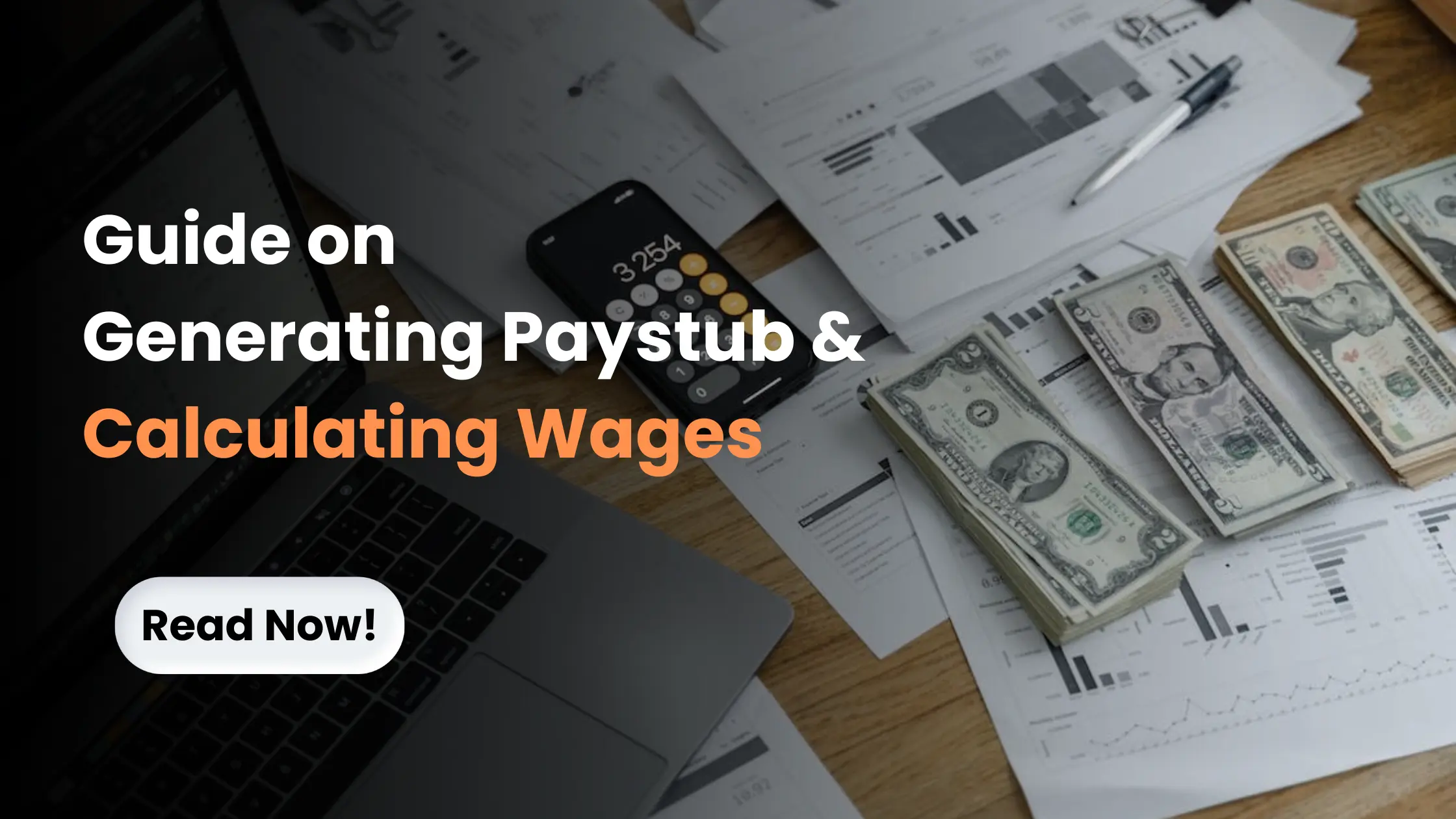Congratulations on receiving your monthly paycheck. Now you are stuck wondering what all of the abbreviations mean.
We have curated this blog for you to help you make sense of standard paystub abbreviations and what they mean for your monthly income and deductions. If you want a free-to-use paystubs generator, then you should check out eFormscreator.
Why Do I Need To Understand My Paycheck Stub Abbreviations?
There are several reasons why understanding the abbreviations on your pay stub is critical. In this section given below, you will be looking at some of the most important ones.
Understand Your Tax Deductions: Common pay stub deduction codes showcase taxes and contributions to different insurance programs. Understanding the abbreviations on your pay stub will help you figure out how these deductions affect your monthly earnings.
Check For Errors and Distortion: It is not uncommon for employers and payroll systems to accidentally withhold the incorrect amounts from pay stubs.
You will only be able to notice these irregularities if you understand what the abbreviations on your pay stub mean.
Errors include:
- Amount of taxes paid
- Unpaid Overtime
- Inaccurate benefit
Use Pay Stubs as a Proof Of Income
Pay Stubs are one of the most common ways to introduce proof of income:
- Get a credit card
- Apply for a loan
- Get approval for a lease
When you know what the abbreviations mean, you can understand how they distribute your income.
Guide To Pay Stubs Abbreviations
Standard Pay Stubs Abbreviations:
Gross Pay: This is your full salary pre-tax deductions.
Net Pay: This is the salary which you will take home after all the deductions have been subtracted.
Federal Tax Amount: This is the amount that you will need to pay to the Internal Revenue Service each month.
State Income Tax: This is state-specific as not all the states have income-related taxes. State taxes are calculated via a percentage based on your income after deductions.
These taxes make up the state budget and are used to fund:
- Healthcare
- Garbage Collection
- Infrastructure
Local Tax
This is the amount of tax you will pay to your local government. It is a requirement for some cities, countries and school districts.
Local Tax help fund Public Services like:
- Police and Fire Departments
- Libraries
- Road Maintenance
Social Security
Social Security is a system of retirement, disability and other support programs set up by the U.S. government.
It acts as a form of financial insurance if something happens to you that results in you being unable to work.
Federal Law requires working Americans to contribute a portion of their wages to the Social Security Program every month.
Medicare
Medicare is a U.S. government program that provides medical benefits to Americans aged 65 and older. These include hospital and surgical benefits.
The law requires working Americans to contribute at least 1.45% of their gross income to the Medicare program.
Year-To-Date (YTD)
You can break YTD into two sections to showcase the employee’s total income and contributions during the year.. This includes:
YTD Gross: This is the total income that the employee has earned during the year before any deductions are made.
YTD Net: This is the total amount paid to the employee after their deductions. Employees need to ensure that their deductions are accurate.
Header Abbreviations and Codes
Social Security Number (SSN): This is the government-issued number which is used to report your wages to the IRS. You can also use your SSN to track your eligibility for Social Security benefits.
Check Number: Employers use this number to identify and track each paycheck for their company’s accounting records.
Employer Identification Number (EIN): The EIN is a number assigned to the business by the U.S. government and IRS. It also helps the IRS to identify the returns and employers.
Earnings Abbreviations
Let us take a closer look at some of the typical earnings abbreviations below:
Gross Pay: This is your total salary before deductions are cleared.
Net Pay: This amount showcases what you will take home after taxes and other deductions.
HR: Its full form is Hourly Rate. The law requires Your employer to pay their workers hourly wages, which is shown on the pay stub.
OT: Its full form is Overtime Pay. This showcases that the work is past an employee’s regular working hours.
Add Earnings: This section showcases additional earnings. It is used to report any income received over their regular salary.
Conclusion
In this blog, we have cleared all of your paystub abbreviations, and now you do not need to panic by seeing that jargon on your pay stub. If you want to create a paystub, use eFormscreator to be intact with a professional paystub.






















